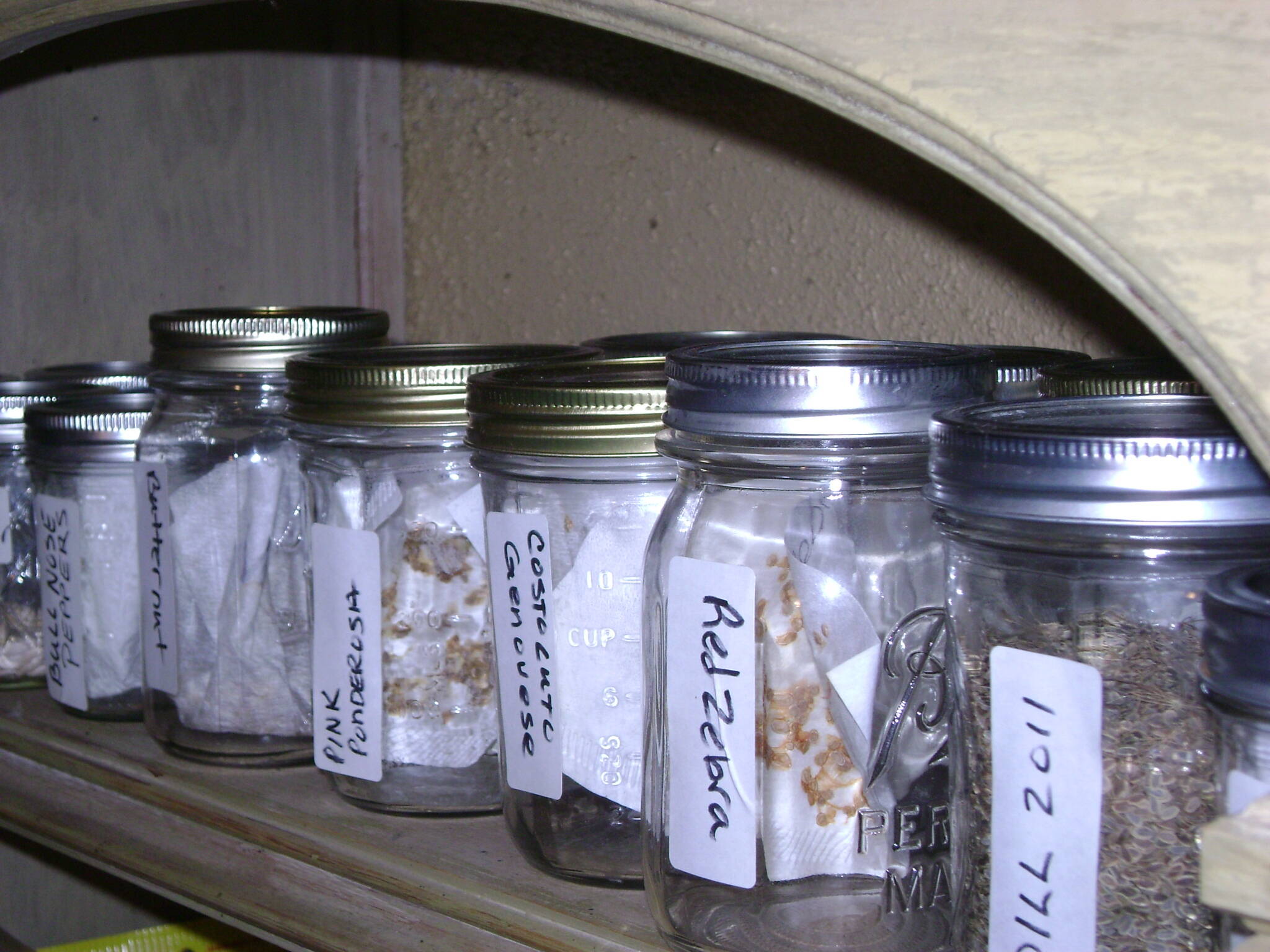

Articles
How To Store Vegetable Seeds
Modified: January 9, 2024
Learn how to store vegetable seeds properly with our informative articles. Maximize your garden's potential and save money by preserving the quality of your seeds.
(Many of the links in this article redirect to a specific reviewed product. Your purchase of these products through affiliate links helps to generate commission for Storables.com, at no extra cost. Learn more)
Introduction
When it comes to gardening, one of the most important aspects is ensuring a steady supply of high-quality seeds. Whether you’re a seasoned gardener or just starting out, properly storing vegetable seeds is crucial for success. Not only does it save you money by allowing you to reuse seeds, but it also ensures that you have a ready supply of reliable seeds for future plantings.
In this article, we will explore the benefits of storing vegetable seeds, factors to consider, and the steps you can take to effectively store your seeds for long-term viability. By following these guidelines, you can extend the lifespan of your seeds and have a bountiful garden year after year.
Key Takeaways:
- Storing vegetable seeds offers cost-saving, variety preservation, and self-sufficiency benefits. Proper preparation, storage conditions, and seed viability checks are essential for successful long-term seed storage.
- Choosing the right seeds, maintaining optimal storage conditions, and implementing longevity tips are crucial for preserving the viability of stored vegetable seeds. By following these practices, gardeners can ensure bountiful harvests year after year.
Read more: How Long Can Seeds Be Stored
Benefits of Storing Vegetable Seeds
Storing vegetable seeds brings a plethora of benefits for every gardener. Let’s explore some of the key advantages:
- Cost-saving: By storing your own vegetable seeds, you can eliminate the need to purchase seeds every growing season. This can lead to substantial cost savings, especially if you have a large garden or grow a variety of vegetables.
- Variety preservation: If you have a favorite vegetable variety that is not readily available or is rare, storing its seeds ensures that you can continue to grow it in your garden year after year. It allows you to preserve unique or heirloom varieties that might otherwise be lost.
- Control over quality: Storing seeds from plants that performed exceptionally well in your garden gives you control over the quality of the next generation of plants. You can select seeds from the healthiest and most productive plants, resulting in a stronger and more successful harvest.
- Accessibility: Having a stash of stored seeds means you can quickly and easily start new plantings whenever you desire, without having to wait for seeds to arrive or make a trip to the store. It provides you with convenience and flexibility in your gardening endeavors.
- Self-sufficiency: Storing vegetable seeds empowers you to become more self-sufficient in your gardening endeavors. It lessens your dependence on external seed sources and gives you the ability to sustain your garden over the long term.
- Adaptation to local conditions: By saving seeds from plants that have adapted well to your specific climate and growing conditions, you can develop a seed bank that is better suited to your local environment. This can lead to improved crop yields and increased resilience against pests and diseases.
Overall, storing vegetable seeds provides not only financial savings but also the freedom to experiment with different varieties, control over quality, and the satisfaction of being self-reliant in your gardening pursuits. It is a practice that can enrich your gardening experience and contribute to sustainable and bountiful harvests.
Factors to Consider Before Storing Vegetable Seeds
Before you dive into storing your vegetable seeds, there are a few important factors to consider to ensure the success of your seed storage. Let’s explore these factors:
- Seed Age: It’s important to recognize that not all seeds have the same storage potential. Some seeds remain viable for several years, while others have a limited lifespan. Take note of the seed packet or conduct research to determine the expected storage duration for each type of vegetable seed you plan to store.
- Seed Health: Only store seeds from healthy and disease-free plants. Seeds from unhealthy or pest-infested plants may carry pathogens or genetic issues that could affect the future plants. It’s crucial to prioritize seed health to ensure the success of your stored seeds.
- Variety: Different vegetable varieties have different seed storage characteristics. Some varieties are more suitable for long-term storage, while others are best used within a shorter timeframe. Consider the storage potential of each vegetable variety to optimize the viability of your stored seeds.
- Quality: Opt for high-quality seeds when selecting which ones to store. Choose seeds that are clean, mature, and free from any visible defects. High-quality seeds have a better chance of maintaining their viability during storage.
- Storage Conditions: Proper storage conditions are crucial for maintaining seed viability. Factors such as temperature, humidity, and light can greatly affect the longevity of stored seeds. Ensure that you have suitable storage conditions available before embarking on seed storage.
- Labeling and Organization: To prevent confusion and ensure easy retrieval, it’s vital to label and organize your stored seeds properly. Clearly label each seed container with the vegetable variety, date of collection, and any other relevant information. This will allow you to track the age and source of the seeds and easily locate them when needed.
- Required Quantity: Consider the amount of seeds you will need for future plantings. It’s a good practice to store a slightly larger quantity of seeds than you anticipate needing to account for any failed germination or unexpected increase in planting space.
By taking these factors into account, you can make informed decisions about which vegetable seeds to store and ensure that you provide the best conditions for long-term storage. This will greatly increase the chances of successfully using your stored seeds in future growing seasons.
Choosing the Right Seeds for Storage
When it comes to storing vegetable seeds, selecting the right seeds is crucial for long-term viability. Here are some important factors to consider when choosing seeds for storage:
- Open-Pollinated or Heirloom Varieties: Opt for open-pollinated or heirloom varieties instead of hybrid varieties. Open-pollinated and heirloom varieties tend to produce seeds that reliably grow true to the parent plant, ensuring consistency in future generations.
- Adaptability: Choose seeds from plants that have performed well and adapted to your local growing conditions. These plants are more likely to produce seeds that are better suited for your specific climate and environment, increasing the chances of successful storage.
- Compatibility: Consider the compatibility of different vegetable varieties if you plan to store seeds from multiple plants. Some plants can cross-pollinate, which may result in hybrid seeds that do not grow true to the parent plants. If cross-pollination is a concern, ensure you can separate plants or take precautions to prevent cross-pollination.
- Disease Resistance: Look for seeds from plants that have shown resistance to common diseases in your area. Choosing seeds from disease-resistant plants can increase the chances of healthier seedlings and reduce the risk of disease outbreaks in your garden.
- Desired Traits: Consider the specific traits you value in your vegetable plants, such as taste, color, size, or texture. Select seeds from plants that exhibit these desired traits to ensure that the next generation of plants retains those qualities.
- Seed Viability: Some vegetable seeds naturally have longer storage lives than others. Research and take note of the typical storage duration for each vegetable variety you plan to store. Focus on selecting seeds with a longer shelf life to maximize the chances of successful storage.
By considering these factors when choosing seeds for storage, you can increase the likelihood of successful germination and healthy growth in future growing seasons. Remember to choose open-pollinated or heirloom varieties, prioritize adaptability and disease resistance, and select seeds with desirable traits to create a well-rounded collection of stored seeds.
Preparing Seeds for Storage
Properly preparing vegetable seeds for storage is essential to maintain their viability and ensure successful germination. Here are the steps to follow when preparing seeds for storage:
- Harvesting: Harvest seeds from fully mature and healthy plants. Allow the plants to reach the end of their lifecycle and form dry seed pods or fruits before collecting the seeds. Avoid harvesting seeds from underdeveloped or damaged plants.
- Cleaning: Thoroughly clean the harvested seeds to remove any debris, plant material, or other contaminants. Use a fine mesh sieve or screen to separate the seeds from the chaff or pulp. Rinse the seeds with cool water if necessary and pat them dry using a paper towel or clean cloth.
- Drying: Place the cleaned seeds in a well-ventilated area to dry completely. Spread the seeds out in a single layer on a clean tray or a paper towel. Ensure that the seeds are not exposed to direct sunlight or excessive heat during the drying process. Stir or turn the seeds occasionally to promote even drying.
- Curing (if necessary): Some vegetable seeds benefit from a curing period before storage. Curing involves allowing the seeds to further dry in a controlled environment with low humidity. This step is particularly important for seeds with high moisture content, such as tomato or cucumber seeds. Check seed-specific guidelines to determine if curing is necessary and the recommended duration.
- Seed Treatment (optional): Depending on the vegetable variety, you may choose to treat the seeds with a fungicide or seed treatment to prevent diseases or pests. Follow the manufacturer’s instructions and ensure that the treatment is suitable for the specific seed type.
Remember to handle seeds with clean and dry hands to avoid introducing moisture or contaminants that could diminish their viability. Take care not to damage or crush the seeds during the cleaning and drying process.
Once the seeds are properly prepared, they are ready for storage. The next step is to ensure the seeds are stored in optimal conditions to maintain their viability. Proper storage practices will be covered in the next section of this article.
Read more: How Do You Store Pumpkin Seeds
Proper Storage Conditions for Vegetable Seeds
Creating the right storage conditions is crucial for maintaining the viability of vegetable seeds over an extended period. Here are the key factors to consider when it comes to proper storage conditions:
- Temperature: The ideal temperature for storing vegetable seeds is cool and consistent, preferably between 32°F (0°C) and 50°F (10°C). Such temperatures help preserve the seeds’ viability and prevent them from deteriorating due to heat or fluctuations in temperature.
- Humidity: Seeds are best stored in a low-humidity environment. Excessive moisture can lead to seed mold, rot, or premature germination. Aim for a relative humidity of 30-40%. Use desiccants such as silica gel packets or rice to absorb excess moisture in the storage containers.
- Light: Exposure to light can cause seeds to lose viability over time. Store seeds in opaque containers to protect them from light. Alternatively, store them in a dark location, such as a basement or closet.
- Airflow: Proper airflow is essential to prevent the buildup of excess moisture and discourage the growth of mold or fungus. Ensure that the storage area is well-ventilated to maintain optimal conditions for seed storage.
- Pest Control: Take precautions to protect stored seeds from pests such as insects or rodents. Use airtight containers or resealable bags to prevent access and infestation. Adding dried bay leaves or cloves to the storage area can help repel pests.
It’s important to note that different vegetable seeds have varying storage requirements. Some seeds are more sensitive to temperature and humidity fluctuations than others. Research the specific storage needs for each type of vegetable seed you plan to store to ensure you provide the ideal conditions.
For extended seed storage, consider utilizing a refrigerator or freezer. However, be cautious when using these options as moisture can be an issue. Properly package the seeds in moisture-proof containers, such as airtight jars or freezer bags, and allow the seeds to reach room temperature before opening the container to prevent condensation.
Remember to regularly monitor the storage conditions and check for any signs of mold, moisture, or pest activity. If needed, adjust the storage environment to maintain optimal conditions for seed longevity.
By providing the correct storage conditions, you can greatly increase the chances of preserving the viability of your vegetable seeds, ensuring they remain viable for future planting seasons.
Store vegetable seeds in a cool, dry place away from direct sunlight. Use airtight containers or resealable bags to prevent moisture and humidity from affecting the seeds’ viability. Label each container with the seed variety and date of collection.
Storing Seeds in Containers
Choosing the right containers and packaging for storing vegetable seeds is essential for maintaining their viability and protecting them from external elements. Here are some key considerations when storing seeds in containers:
- Container Selection: Select containers that are airtight and moisture-proof to prevent moisture from reaching the stored seeds. Glass jars with airtight lids, metal tins, or resealable plastic bags are suitable options. Ensure that the chosen containers are clean, dry, and free from any contaminants.
- Size: Use appropriately sized containers that allow for proper seed storage without overcrowding the seeds. Avoid using large containers for storing small quantities of seeds, as excess air in the container can contribute to moisture buildup and reduced seed viability.
- Seed Separation: Keep different types of seeds separate to maintain their identity and prevent cross-contamination. Use individual jars or bags for each seed variety, or use dividers within a single container to create separate compartments for different seeds.
- Moisture Control: Add moisture-absorbing materials, such as silica gel packets or rice, to the containers to help prevent excess moisture buildup and minimize the risk of seed damage. These materials absorb any residual moisture and help maintain the optimal humidity level within the containers.
- Labeling: Label each container with the seed variety, date of collection, and any other relevant information. Clear and accurate labeling will help you easily identify and locate the seeds when needed. Consider using waterproof labels or permanent markers to ensure the labeling remains intact during storage.
- Storage Organization: Store the containers of seeds in a cool, dark, and dry location. Arrange them in a way that allows easy access and visibility. Consider using storage bins or shelves to keep the containers organized and protected from accidental damage or exposure to sunlight.
It’s important to note that while airtight containers help protect seeds from moisture and pests, it’s necessary to periodically check the seeds for any signs of deterioration or mold. Open the containers in a well-ventilated area and inspect the seeds for viability before planting.
Remember that each vegetable seed has a different shelf life, so it’s essential to monitor and rotate your seed inventory accordingly. Use older seeds first while ensuring that you continually replenish your collection with new seeds to maintain a healthy and diverse seed bank.
By following these guidelines for storing seeds in containers, you can maximize the longevity and viability of your vegetable seeds, ensuring a successful germination and a productive garden in the seasons to come.
Labeling and Organizing Stored Seeds
Labeling and organizing your stored vegetable seeds is essential to maintain proper inventory management and ensure easy access to the seeds when needed. Here are some important tips for effective labeling and organization:
- Clear and Detailed Labeling: Label each container or bag of seeds with the specific vegetable variety, date of collection, and any additional information that may be helpful, such as planting instructions or seed source. Clear labeling ensures that you can easily identify and locate the desired seeds later.
- Waterproof and Durable Labels: Use waterproof and durable labels or markers to prevent the labels from smudging or fading over time. This is especially important if the seeds will be stored in a humid environment or if there is a chance of moisture exposure.
- Organization by Category or Planting Season: Consider organizing your seeds by categories such as vegetables, herbs, flowers, or by planting season (spring, summer, fall). This classification system will help you quickly find the seeds you need for a specific purpose or time of year.
- Storage Containers: Use storage containers that are stackable or can fit in shelves or drawers. Clear plastic bins or wooden boxes with dividers can be effective for organizing different types of seeds. Ensure that the containers are sturdy and provide protection against light, moisture, and pests.
- Seed Inventory List: Maintain a seed inventory list or spreadsheet that records the variety, quantity, and expiration date of each type of seed you store. Regularly update this inventory to keep track of seed usage and to plan for future seed purchases or seed-saving activities.
- Seed Packets: If you store seeds in their original seed packets, ensure that the packets are sealed and well-protected from moisture and pests. Consider placing the packets in airtight containers or zipper bags to maintain their integrity and prevent damage.
- Separate Storage for Special Seeds: If you have special or rare seeds that require specific care or conditions, consider giving them separate storage to ensure their proper preservation. These may include seeds that require stratification (periods of cold treatment) or seeds that are particularly delicate or sensitive.
Regularly monitor your stored seeds for any signs of deterioration or loss of viability. Conduct germination tests periodically to check the viability of the stored seeds and remove any seeds that show low germination rates.
By effectively labeling and organizing your stored seeds, you can maintain a well-structured seed collection, easily locate the seeds you need, and ensure that your seeds remain viable for successful plantings in the future.
Checking Seed Viability
Checking the viability of your stored vegetable seeds is an important step to ensure successful germination and maximize your garden’s productivity. Here’s how you can assess the viability of your seeds:
- Germination Test: Conduct a germination test to determine the percentage of seeds that will sprout and grow. Take a sample of seeds from each stored batch and place them on a moist paper towel or in a small tray with moistened seed starting mix. Keep the seeds in a warm, well-lit area and monitor them for germination. After the recommended germination period, count the number of seeds that have sprouted to calculate the germination rate. A strong germination rate indicates good seed viability.
- Seed Float Test: Some seeds, such as squash or pumpkin seeds, can be assessed using the float test. Place the seeds in a container of water and observe their behavior. Seeds that sink are likely to be viable, whereas seeds that float are likely to be non-viable or have lower germination rates. While this test is not foolproof, it can provide a quick indication of seed viability.
- Seed Vigor Test: In addition to germination rate, seed vigor is an important factor to consider. Vigorous seeds are more likely to produce healthy and robust plants. Look for indications of good seed vigor, such as plump and firm seeds, uniform color, and absence of damage or deformities.
- Seed Age: Seeds have a limited lifespan, and their viability decreases over time. Consider the age of the stored seeds when assessing their viability. Generally, fresh seeds are more likely to have higher germination rates than older seeds. However, some seeds, like those of tomatoes or peppers, can retain good viability for several years if stored properly.
It’s important to note that not all seeds will have the same germination rate or viability. Some seeds naturally have lower germination rates, while others may have a shorter shelf life. It’s normal to have some variation in the viability of stored seeds.
Based on the results of the viability tests, you can make informed decisions about how many seeds to plant and whether to acquire new seeds for specific varieties. If the germination rates are low, you may need to sow a higher quantity of seeds or obtain fresh seeds to ensure a successful and productive crop.
Remember to record the results of your viability tests to update your seed inventory list with accurate information. This will help you plan for future seed purchases and ensure that you maintain a healthy seed collection.
By regularly checking the viability of your stored seeds, you can optimize your seed selection and increase the chances of successful germination and a thriving garden.
Read more: How To Store Seed Potatoes Until Planting
Tips for Extending Seed Longevity
To ensure the long-term viability and longevity of your stored vegetable seeds, there are several tips and techniques to keep in mind. Implementing these practices can help maintain the quality and germination rates of your seeds over an extended period:
- Proper Storage Conditions: As mentioned earlier, storing seeds in cool, dry, and dark conditions is crucial for their longevity. Minimize exposure to light, maintain suitable temperature and humidity levels, and store seeds in moisture-proof and airtight containers to create optimal storage conditions.
- Check Seed Moisture Content: Before storing seeds, ensure they are sufficiently dry. Excess moisture can lead to mold, rot, or reduced viability. Use a moisture meter or perform a seed moisture test to determine if the seeds are adequately dried before storage.
- Consistent Temperature: Fluctuating temperatures can negatively impact seed viability. Maintain a consistent storage temperature to avoid thermal stress. Avoid storing seeds in areas prone to temperature fluctuations, such as attics or garages.
- Rotate Seeds: To ensure the freshest seeds are used each planting season, practice seed rotation. Prioritize using older seeds before newer ones, so you continually replenish your seed stock with fresh batches.
- Exclude Oxygen: Oxygen can accelerate the deterioration of seeds, so it’s beneficial to limit their exposure to air. Consider using oxygen absorbers or vacuum-sealing techniques for long-term storage to minimize oxygen levels within the containers.
- Regularly Test Seed Viability: Periodically assess the viability of stored seeds through germination tests or other viability assessments. This helps determine the germination rates and prioritize the use of seeds with higher viability.
- Separate Moisture-Sensitive Seeds: Some seeds are more sensitive to moisture than others. If you have seeds with different moisture requirements, consider storing them in separate containers or packaging to prevent moisture transfer that could adversely affect their viability.
- Avoid Freezing Moist Seeds: While freezing can be a useful technique for long-term seed storage, avoid freezing seeds that still contain significant moisture. Freeze fully dried seeds to prevent damage caused by ice crystals forming inside the seeds.
- Protect Seeds from Pests: Keep stored seeds safe from pests such as insects or rodents by using airtight containers, adding pest-repelling materials, or storing the seeds in a location where pests cannot access them.
- Rotate Storage Containers: Regularly rotate and inspect your storage containers to ensure they remain in good condition. Replace any damaged or compromised containers to preserve seed quality and prevent contamination.
By implementing these tips, you can maximize the longevity of your vegetable seeds and maintain their quality, ensuring successful germination and productive harvests for years to come.
Conclusion
Properly storing vegetable seeds is a crucial practice for any gardener seeking to save money, preserve unique varieties, and ensure a steady supply of high-quality seeds. By following the guidelines outlined in this article, you can extend the lifespan and maintain the viability of your stored seeds, setting yourself up for successful plantings in the future.
We explored the benefits of storing vegetable seeds, including cost-savings, variety preservation, control over quality, and self-sufficiency. We also discussed important factors to consider before storing seeds, such as seed age, health, variety, and storage conditions.
Choosing the right seeds for storage is crucial, with a focus on open-pollinated or heirloom varieties, adaptability, disease resistance, and desirable traits. Additionally, preparing the seeds for storage through proper harvesting, cleaning, drying, and potential seed treatments is essential.
Creating and maintaining proper storage conditions, including temperature, humidity, light, and airflow control, contributes significantly to seed longevity. Storing seeds in airtight and moisture-proof containers, labeling and organizing them effectively, and periodically checking seed viability are key practices to embrace.
To extend seed longevity, we provided helpful tips such as ensuring proper storage conditions, checking moisture content, maintaining consistent temperature, rotating seeds, excluding oxygen, regularly testing seed viability, and protecting seeds from pests.
In conclusion, storing vegetable seeds properly empowers gardeners to be self-sufficient, save money, and maintain a diverse collection of seeds. By implementing the practices outlined in this article, you can ensure the long-term viability of your stored seeds and enjoy successful harvests for years to come.
Frequently Asked Questions about How To Store Vegetable Seeds
Was this page helpful?
At Storables.com, we guarantee accurate and reliable information. Our content, validated by Expert Board Contributors, is crafted following stringent Editorial Policies. We're committed to providing you with well-researched, expert-backed insights for all your informational needs.
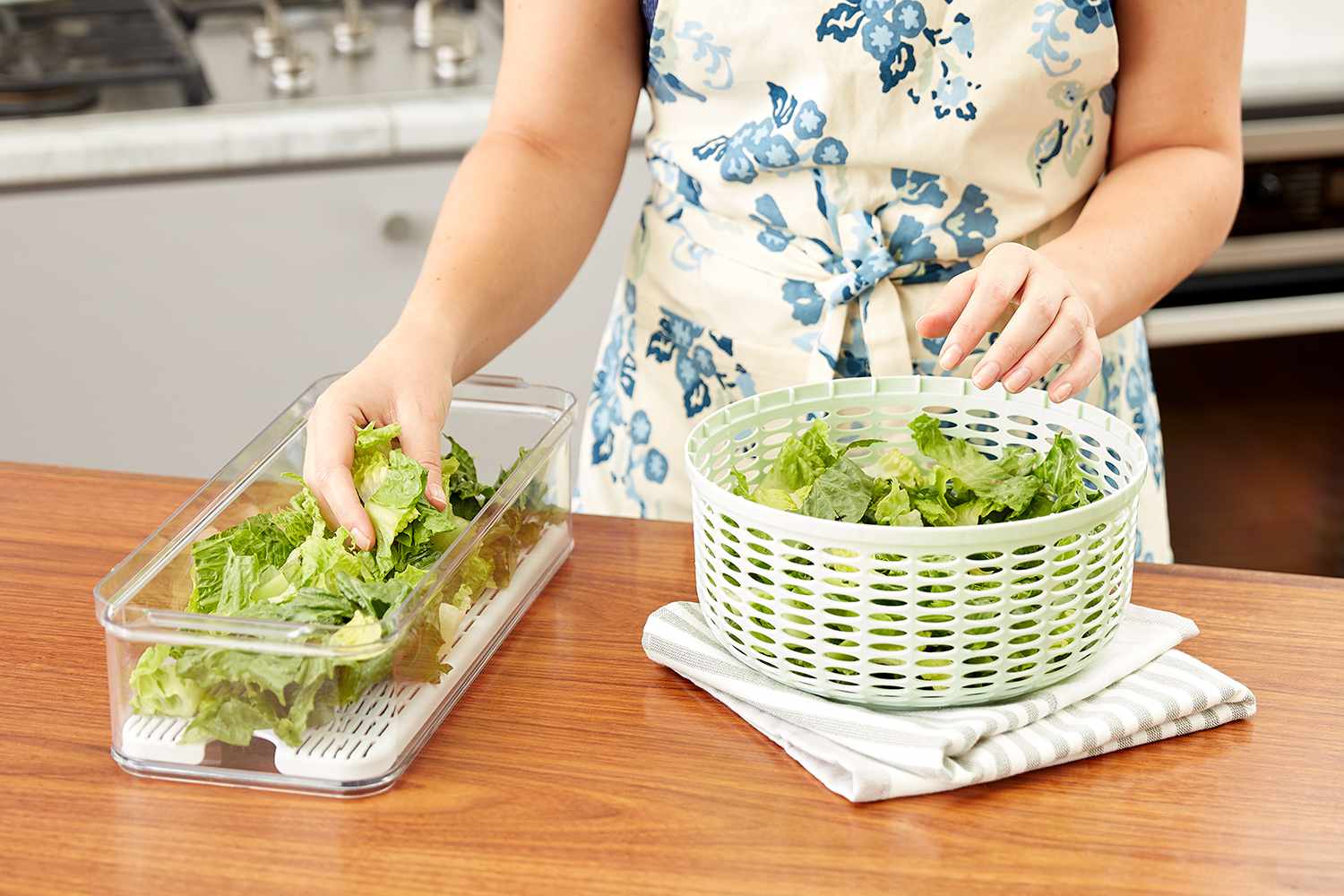
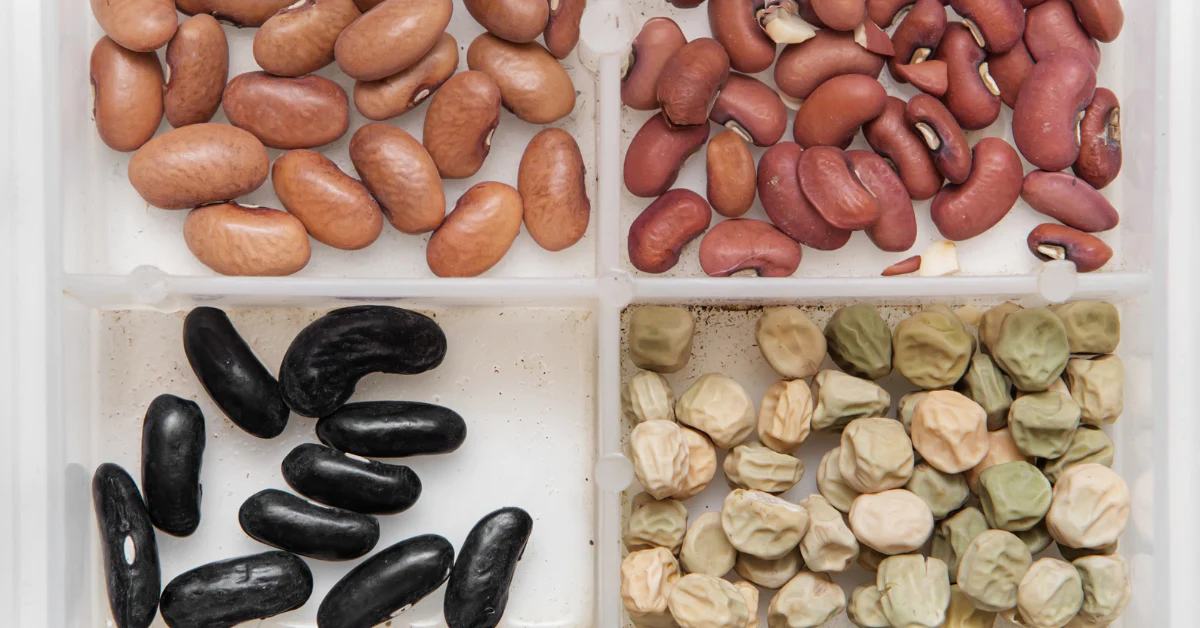
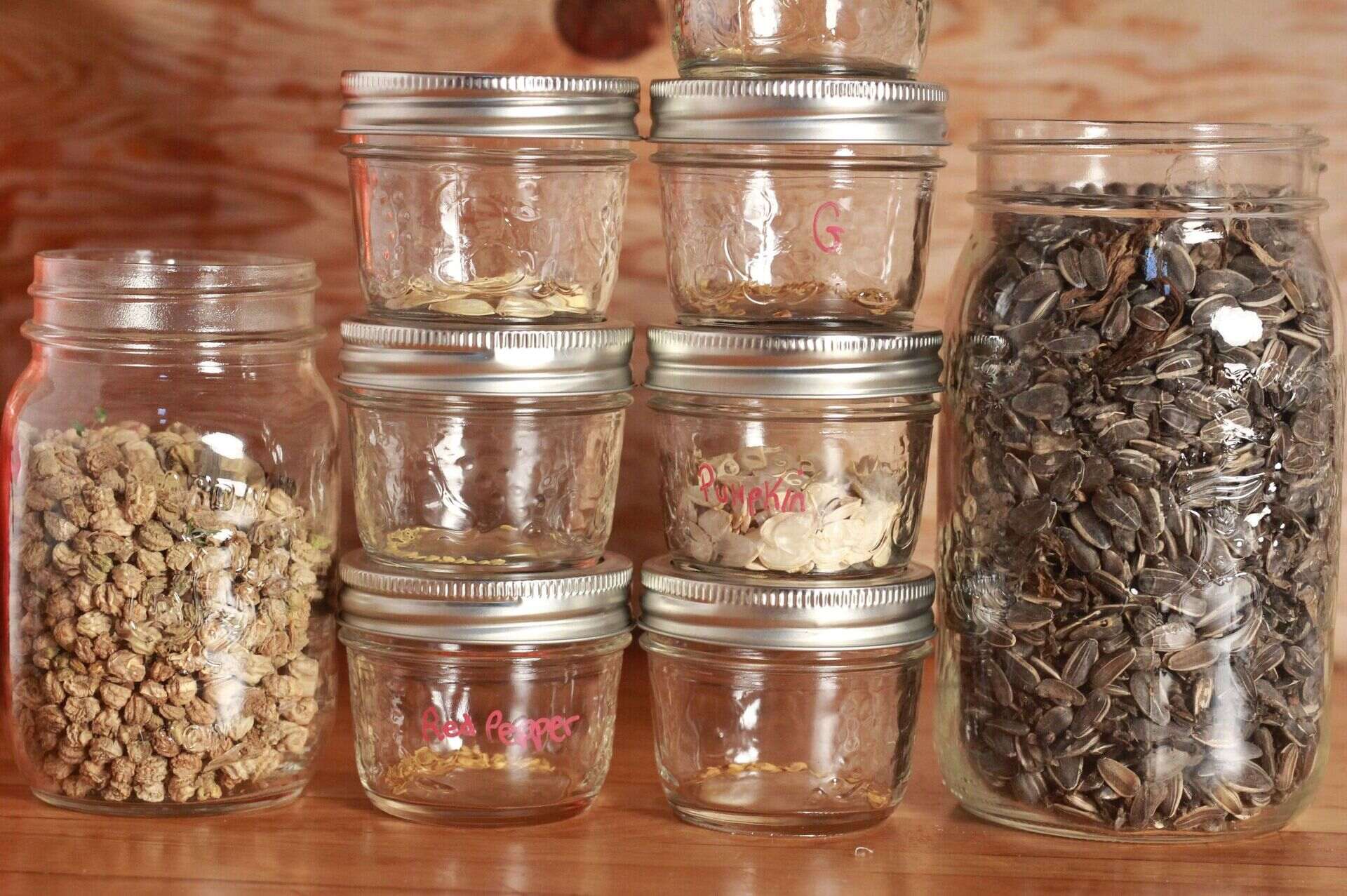
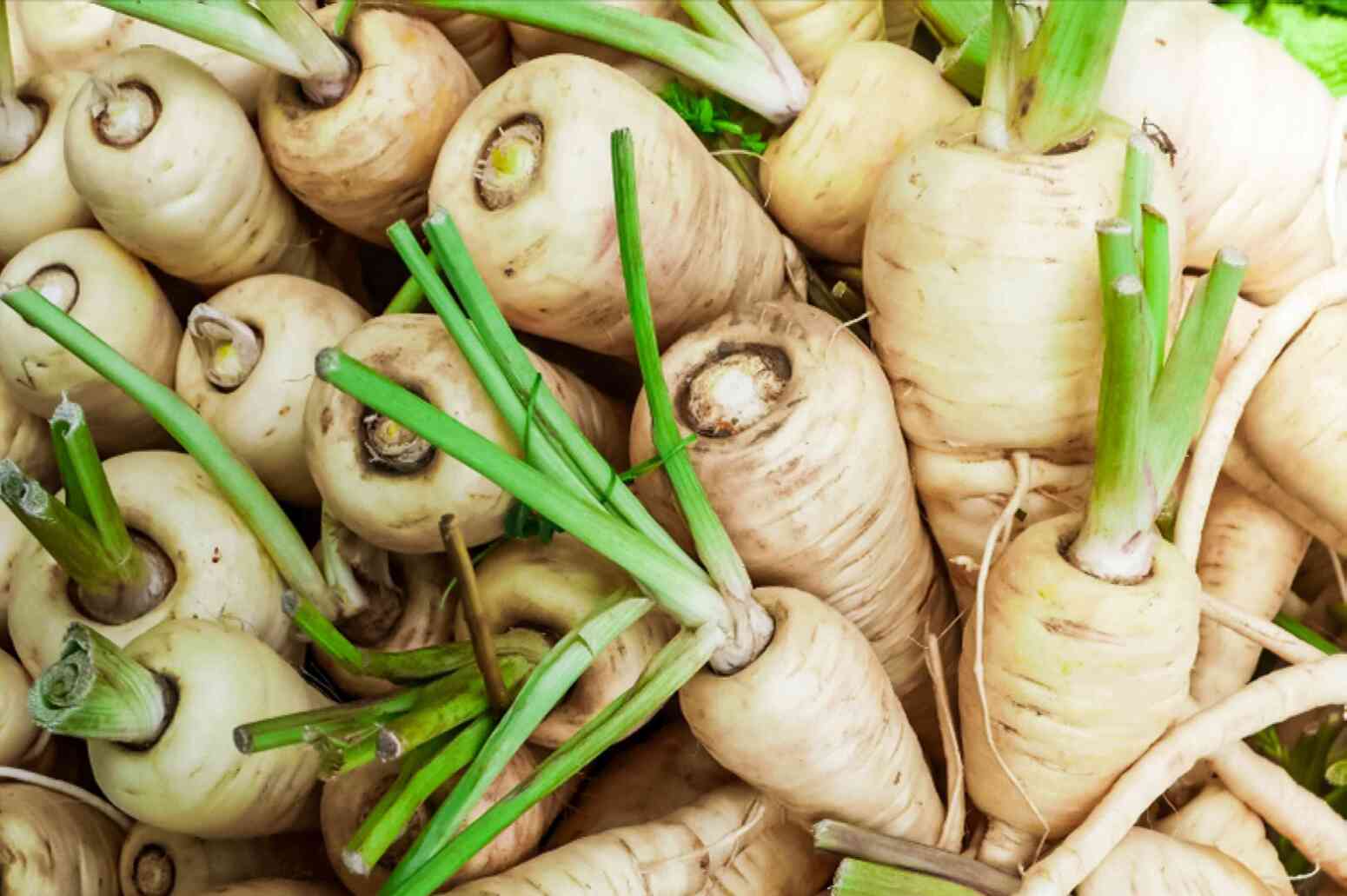
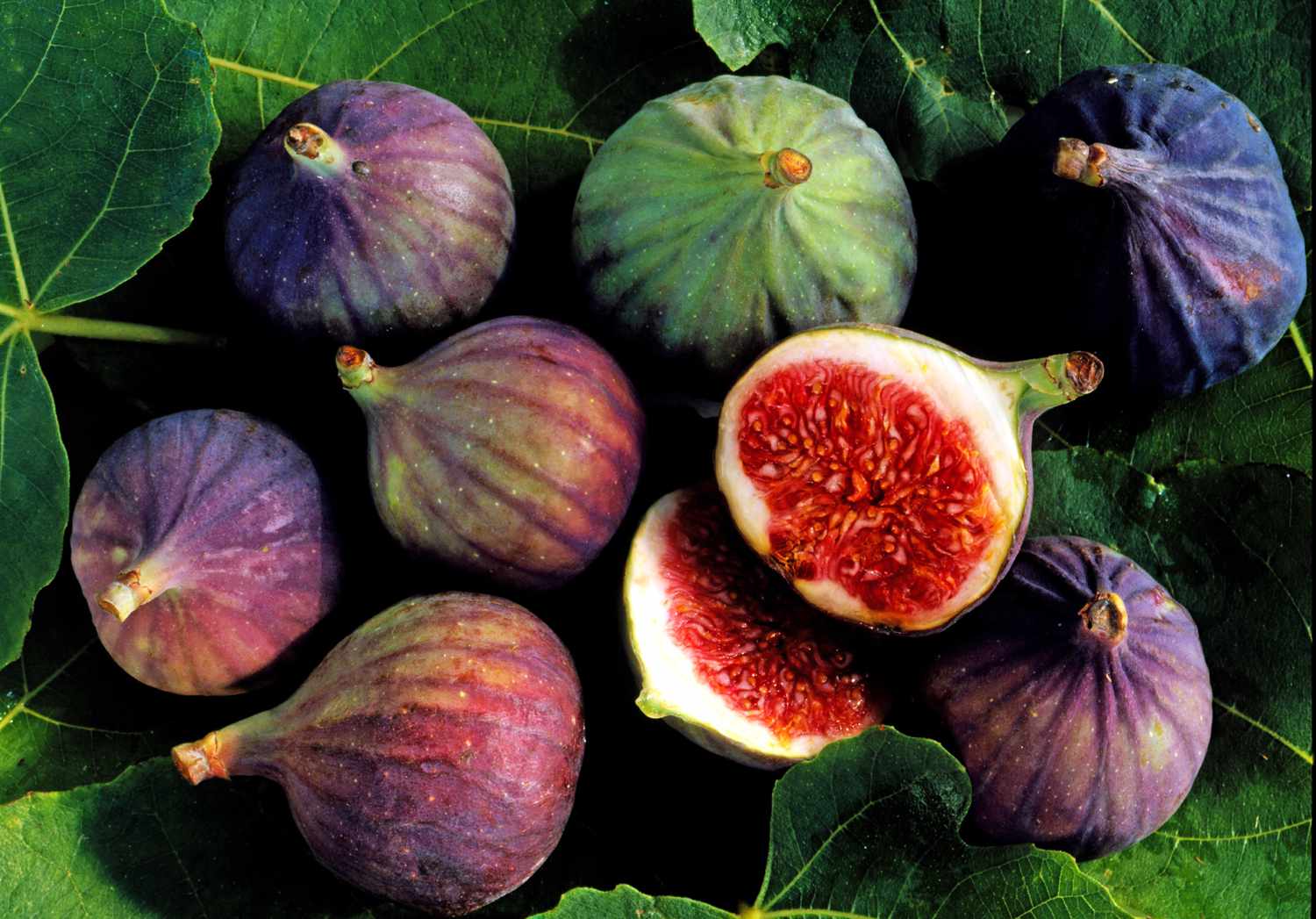
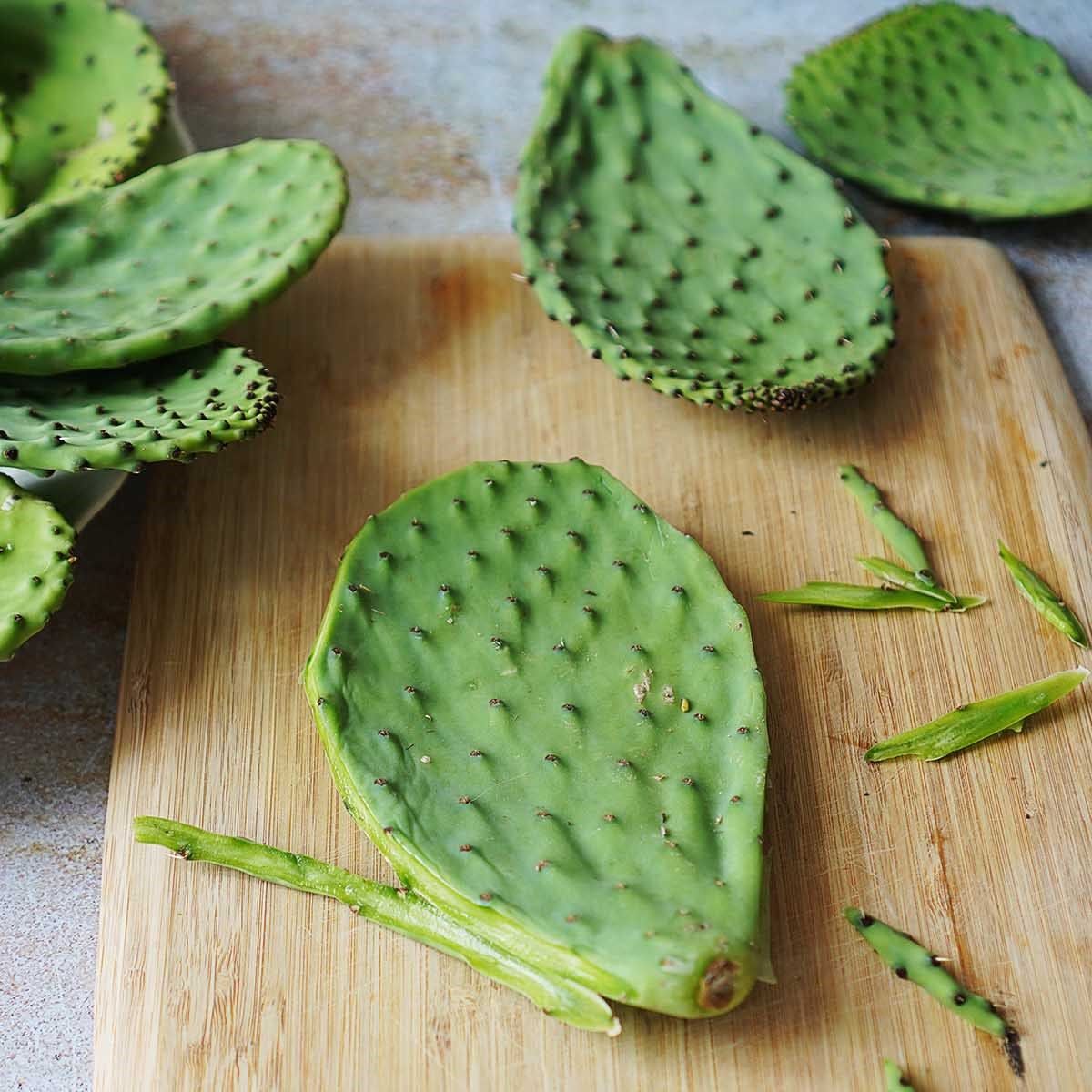
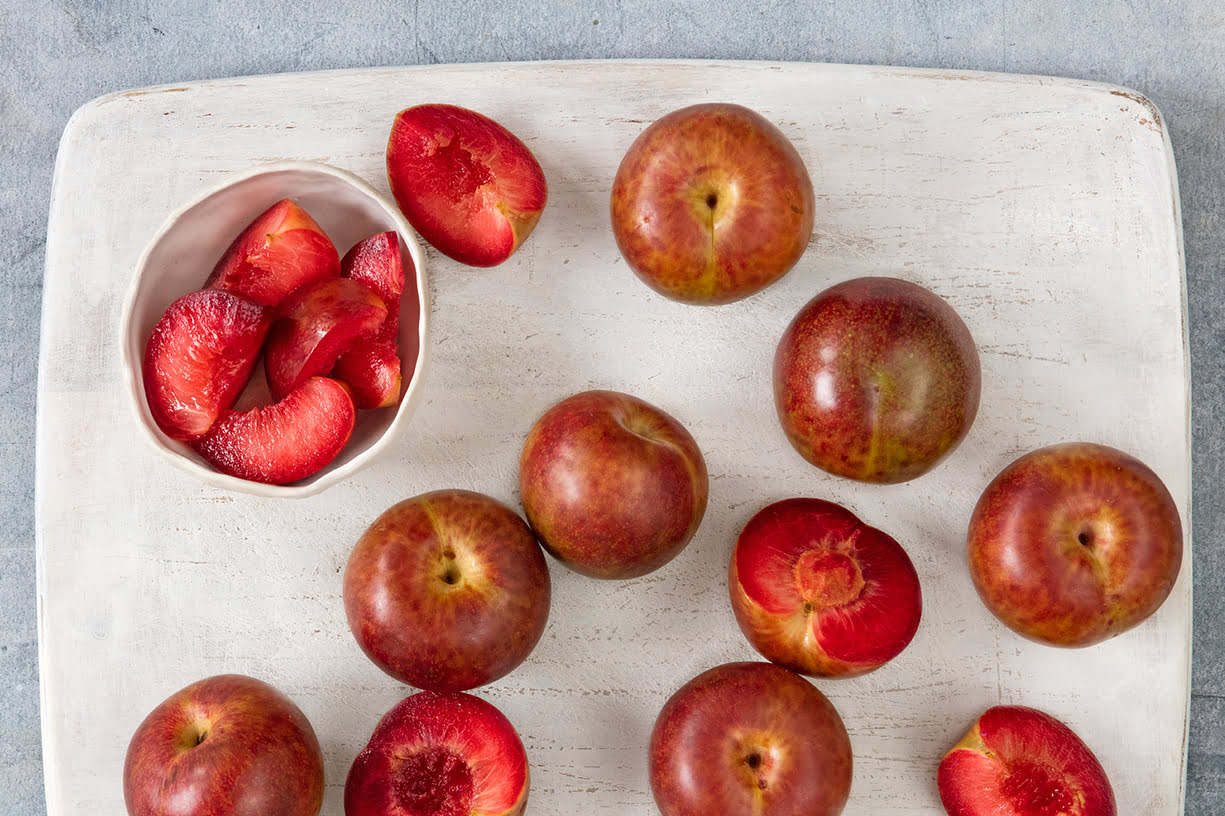
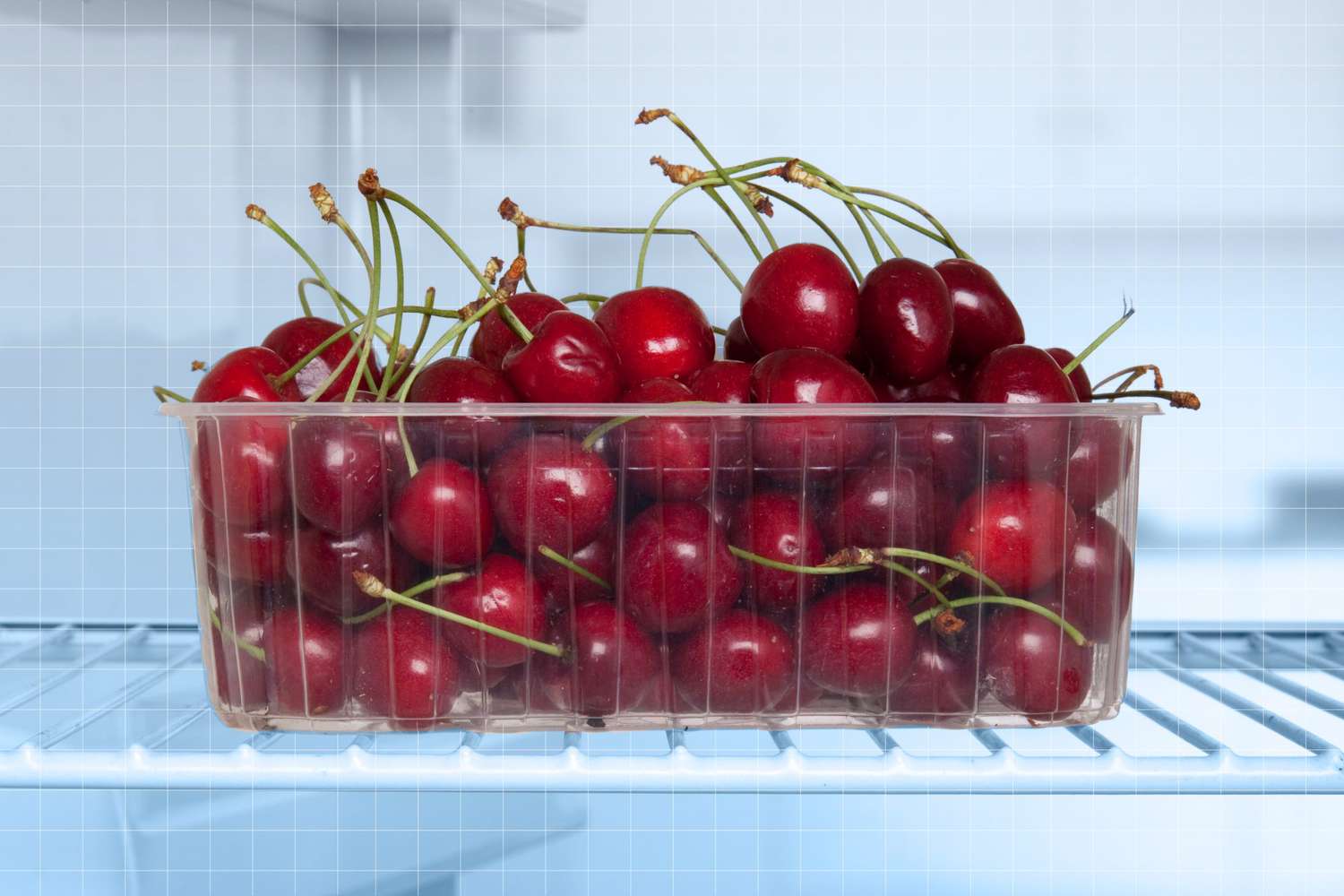
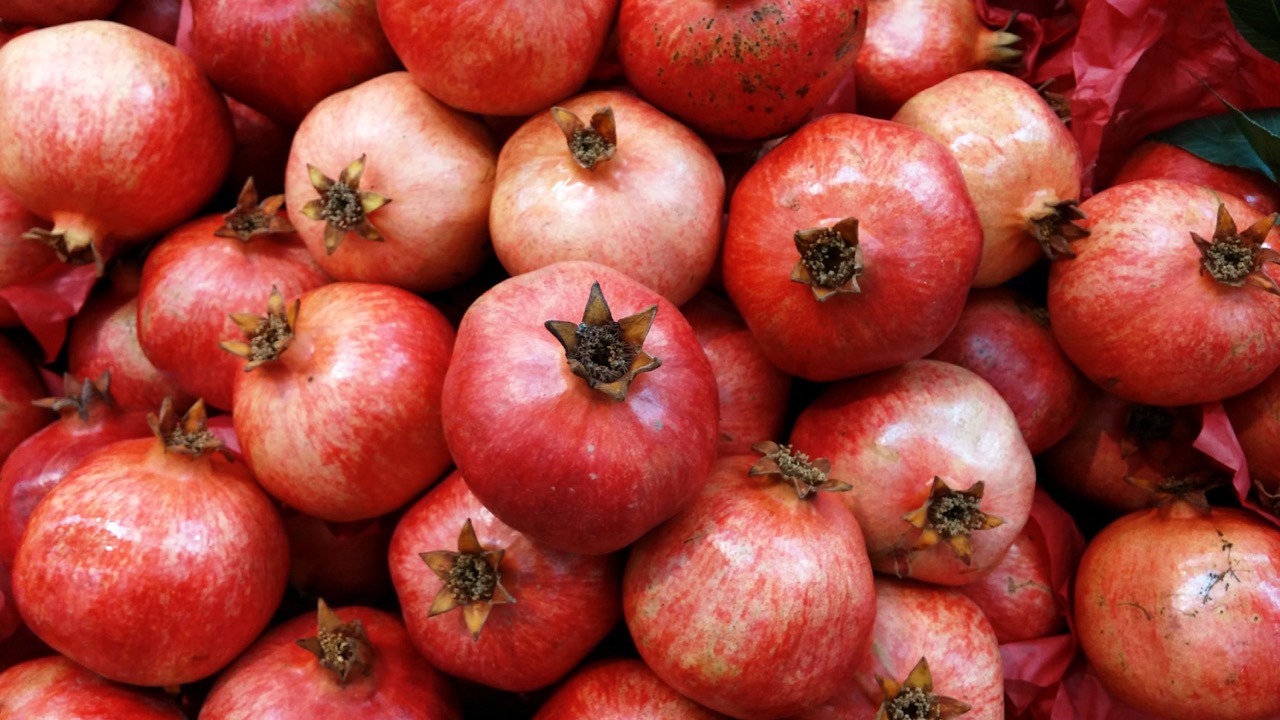
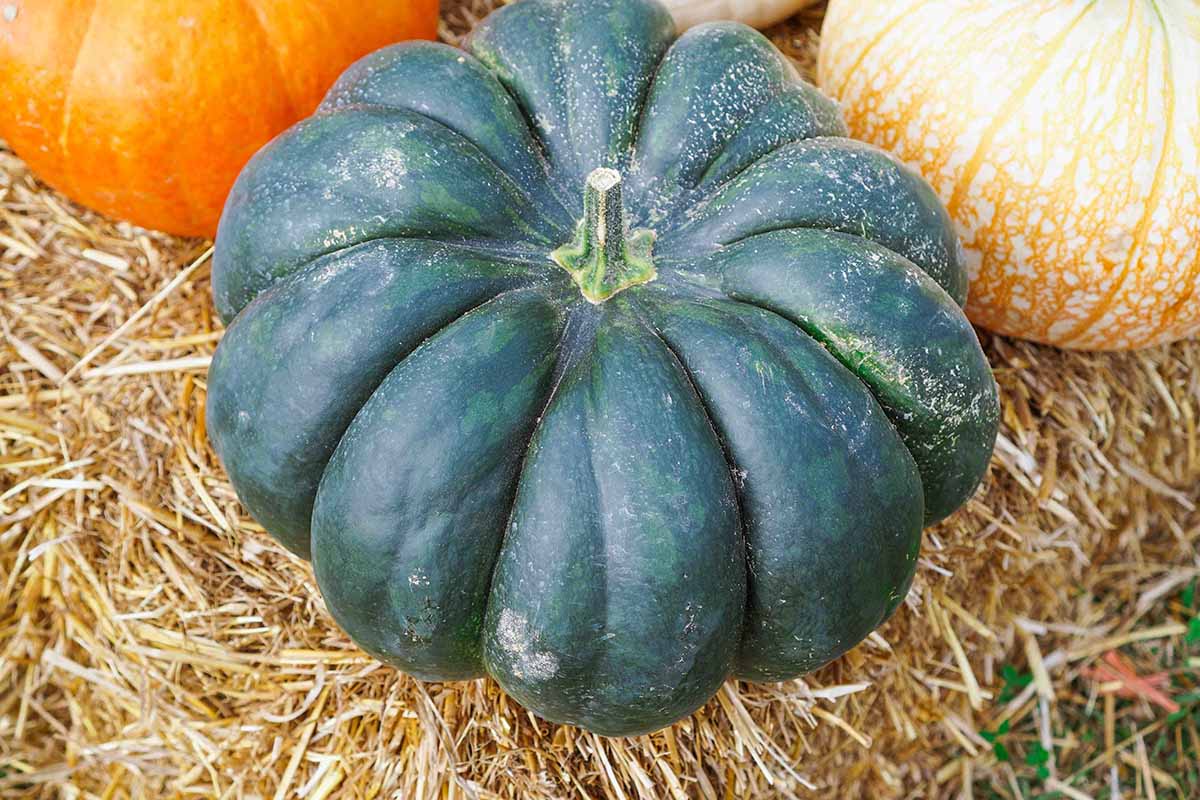
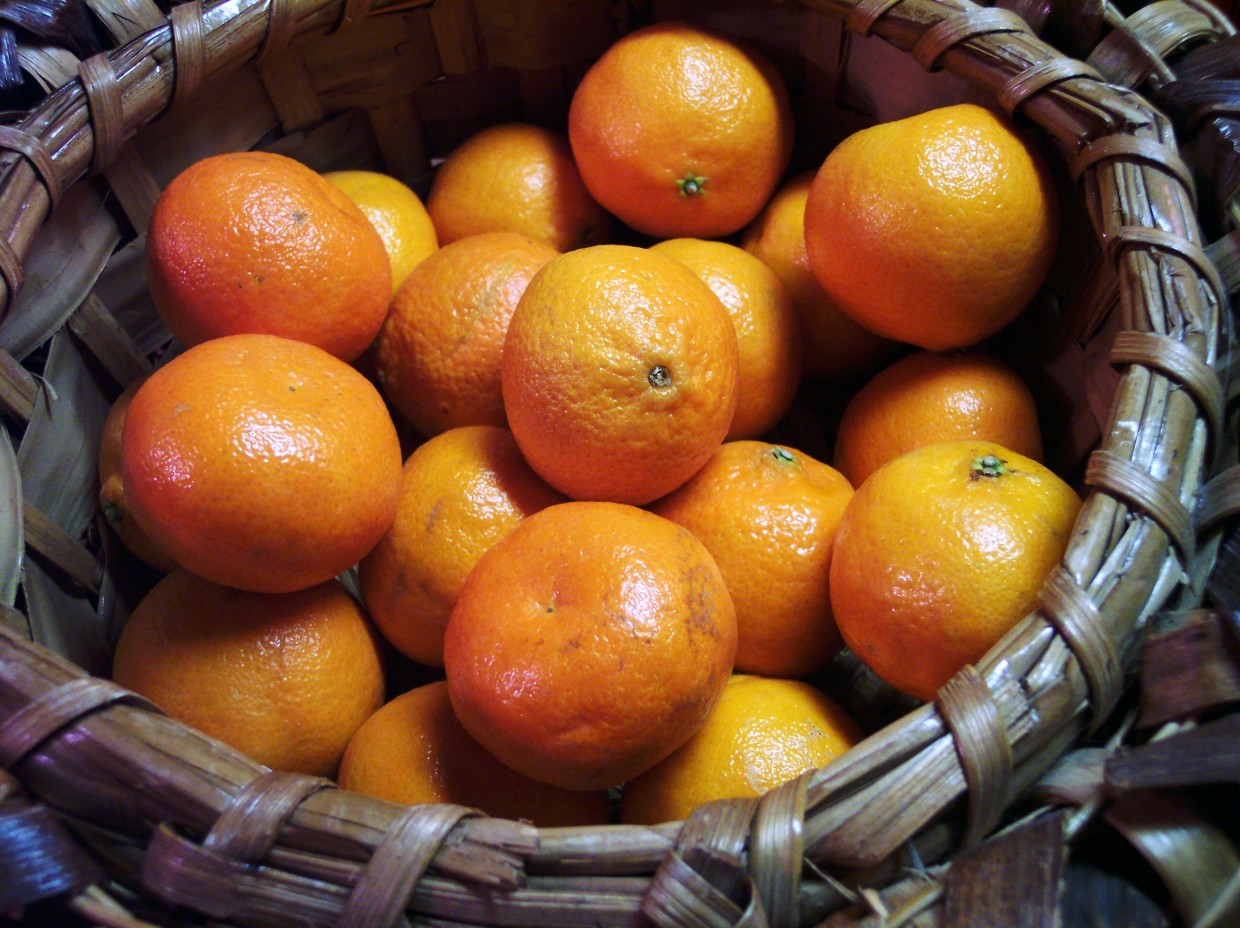
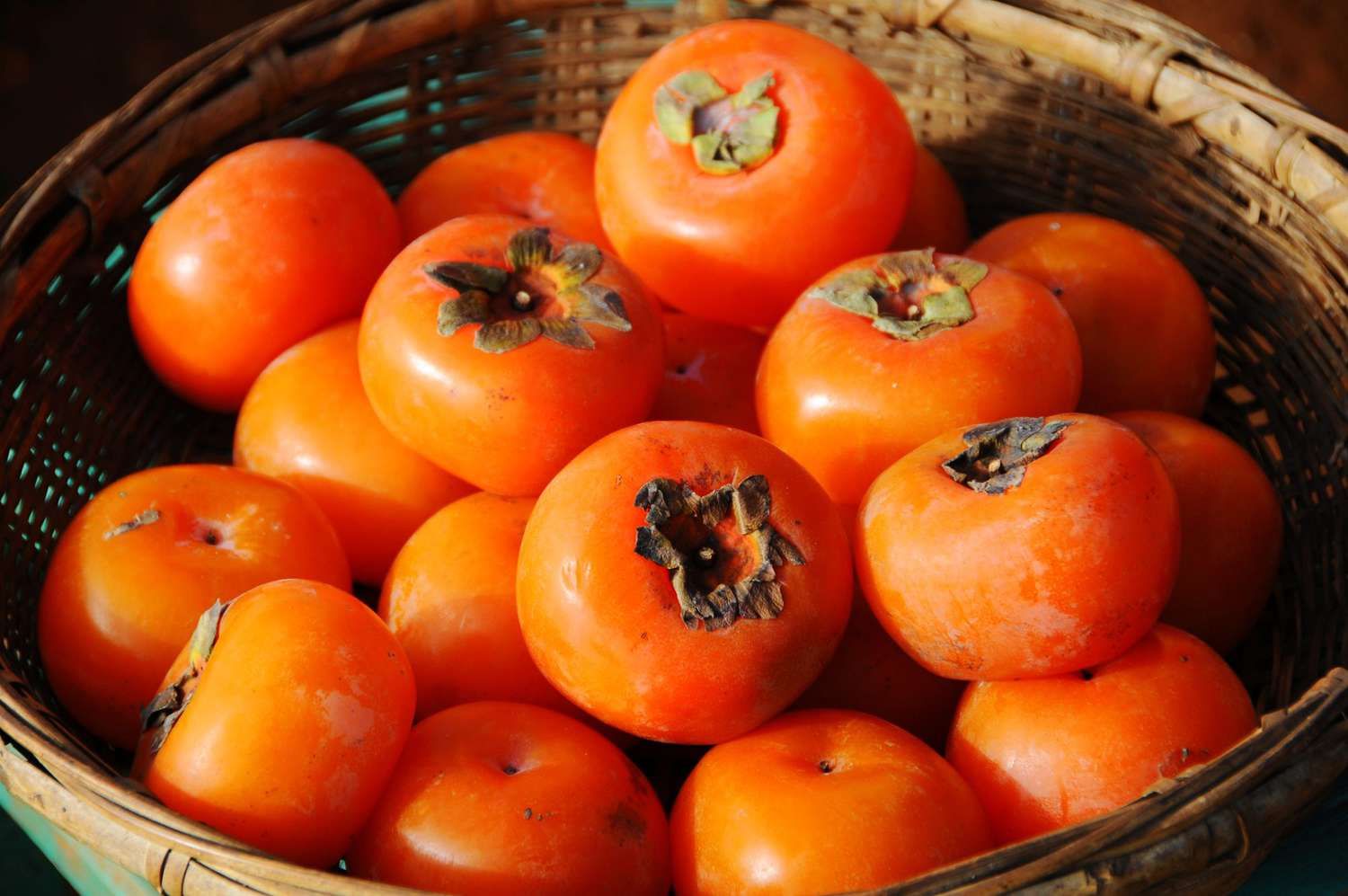
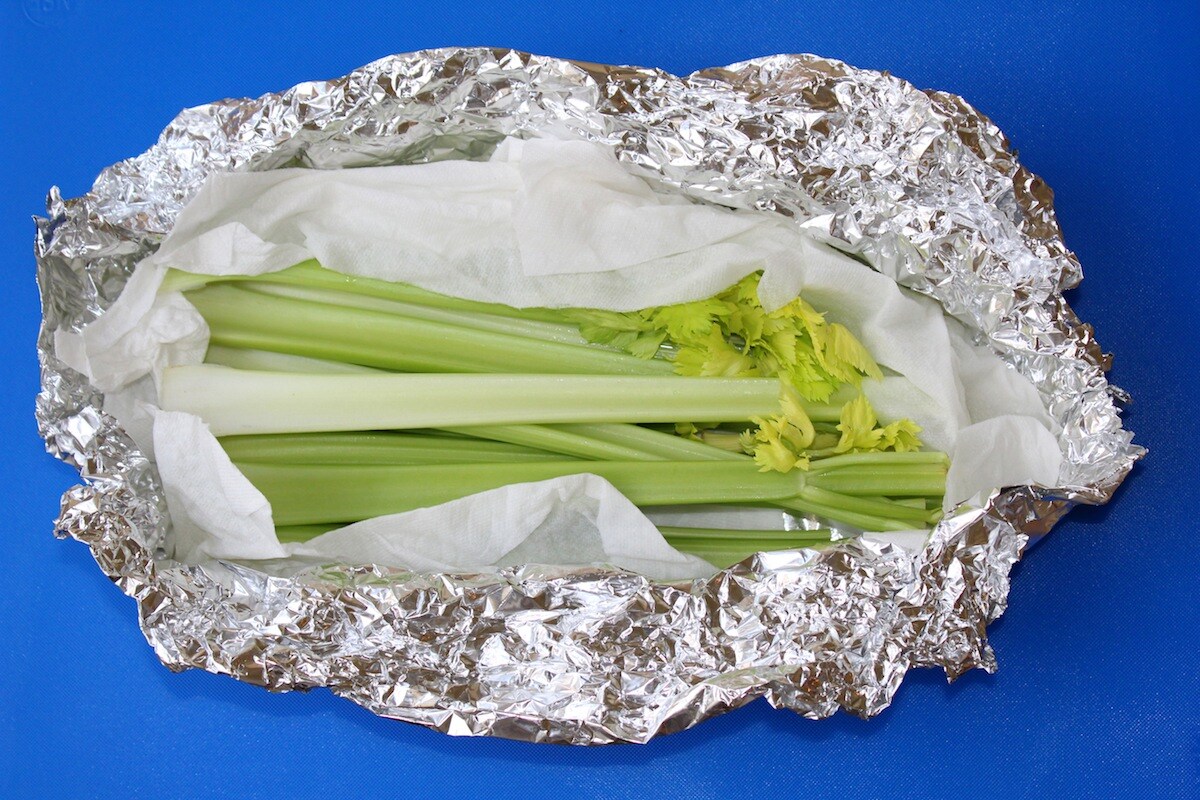

0 thoughts on “How To Store Vegetable Seeds”